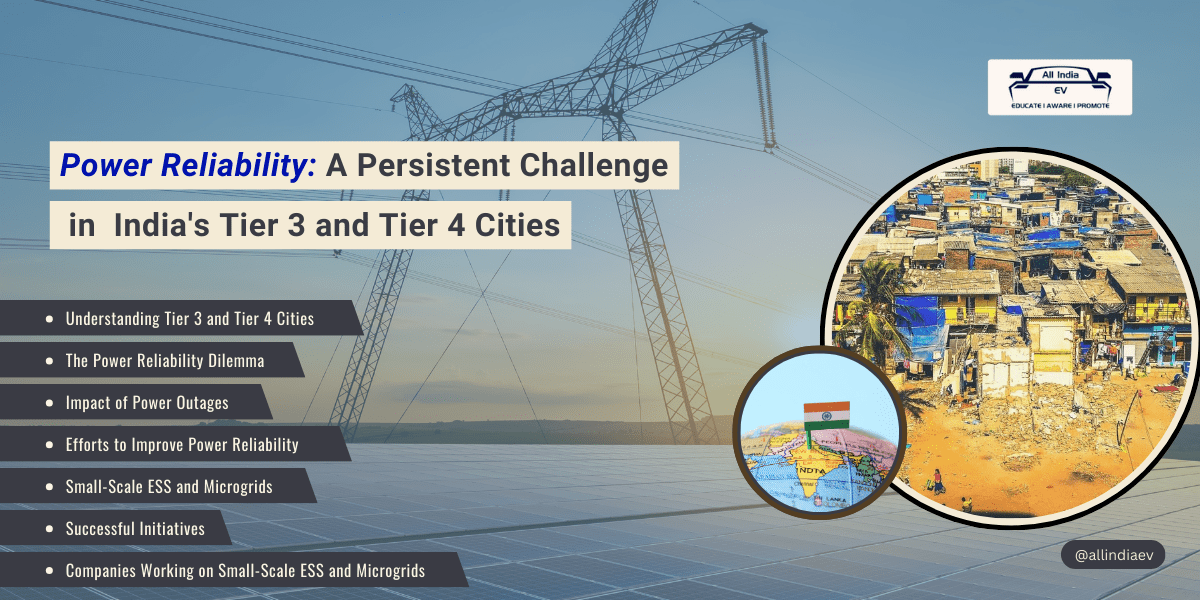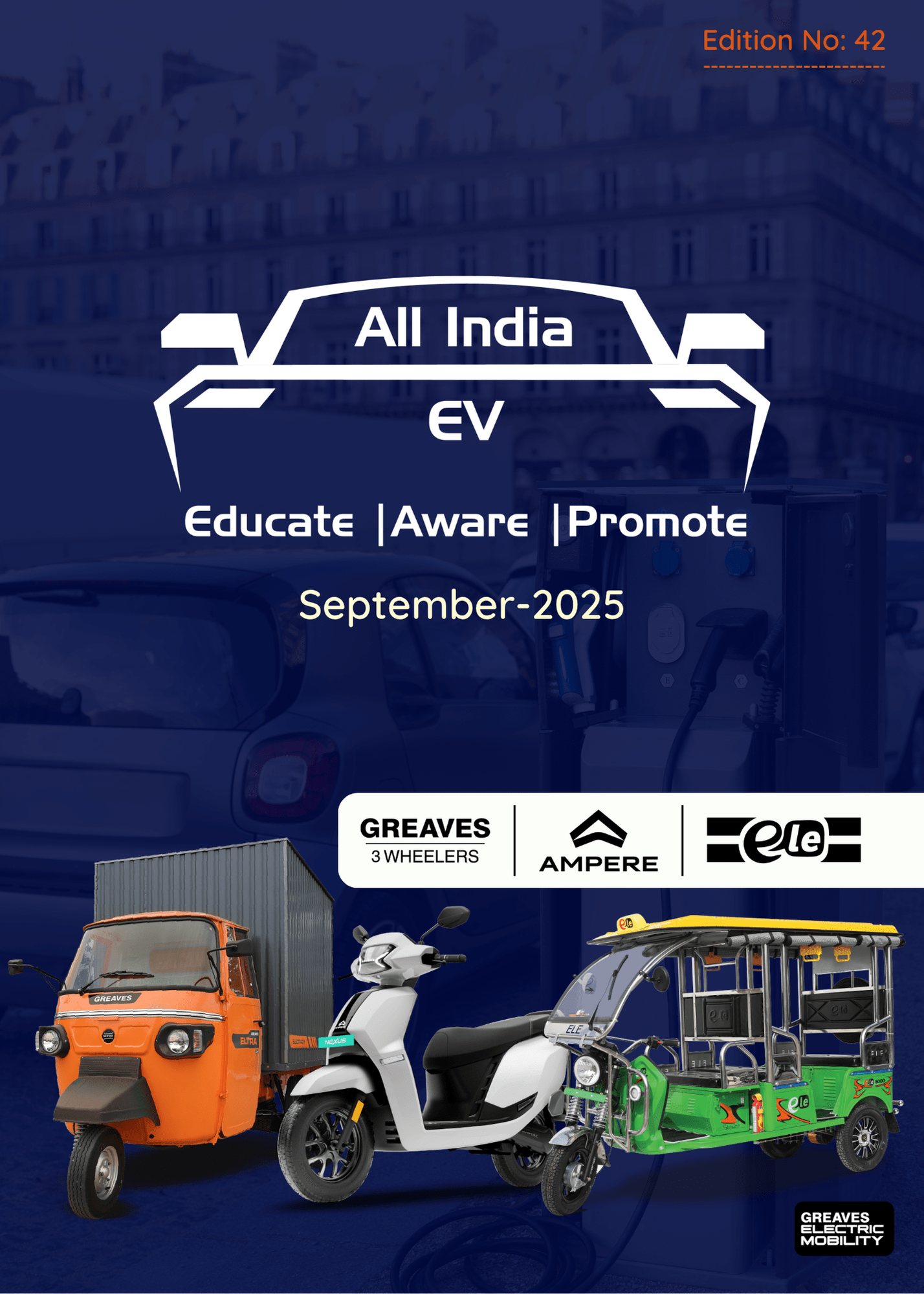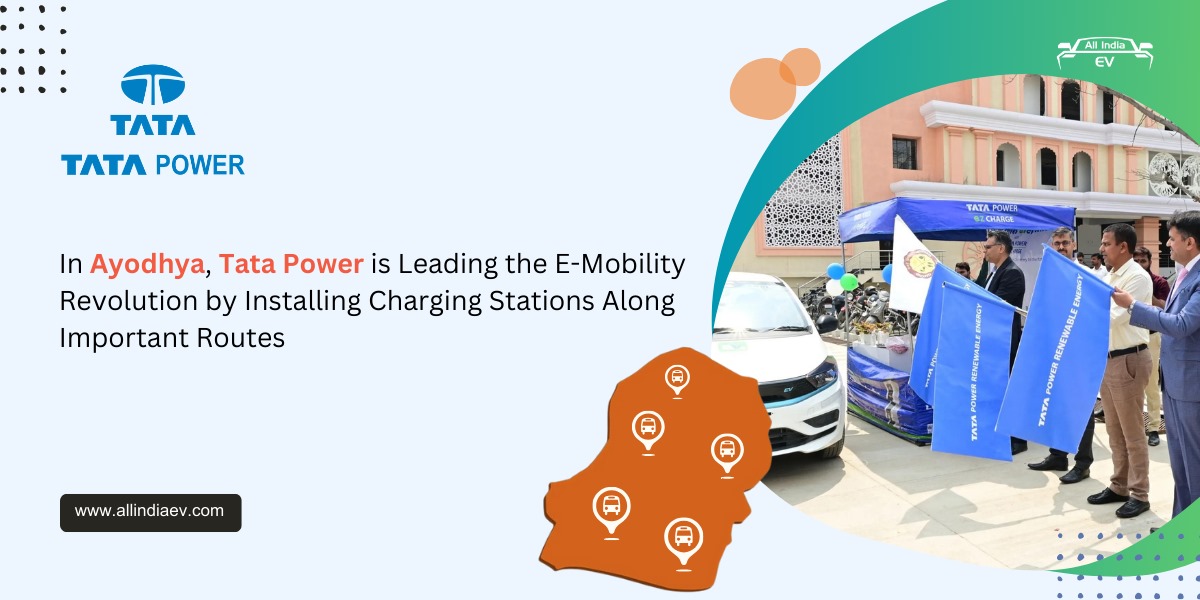
Power Reliablity: A Persistant Challenge in India’s Tier 3 and Tier 4 cities
Power Reliability: A Persistent Challenge in India’s Tier 3 and Tier 4 Cities
Tier 3 and Tier 4 cities in India play a critical role in the country’s economic development but face a myriad of challenges. Among the most pressing issues is the lack of reliable power infrastructure. The combination of outdated grids, increasing demand, natural disasters, and social issues such as theft and vandalism exacerbates the power reliability problem in these regions. This paper explores the specific challenges faced by these cities, evaluates their impact across sectors, and discusses efforts being made to address these issues. It also explores the role of small-scale energy storage systems (ESS) and microgrids in improving power reliability and economic opportunities in these areas, along with successful initiatives and companies active in the field.
1. Introduction
India is witnessing rapid urbanization, with economic growth extending beyond its Tier 1 and Tier 2 cities into smaller, yet significant, Tier 3 and Tier 4 cities. These smaller urban centers, often referred to as “small towns” or “rural areas,” are essential to the nation’s socio-economic fabric. However, they face multiple infrastructure deficits, with power reliability being one of the most significant challenges. This paper investigates the issues surrounding power reliability in these regions, their impact on industries, agriculture, healthcare, and education, and highlights efforts towards modernization.
2. Understanding Tier 3 and Tier 4 Cities
Tier 3 and Tier 4 cities in India are defined by their population size and economic activity. As per the Government of India, Tier 3 cities have populations ranging between 20,000 to 100,000, while Tier 4 cities have even smaller populations. Despite their size, these cities contribute significantly to India’s economy, particularly in the sectors of agriculture, small-scale industries, and services. However, infrastructural challenges, especially concerning reliable power supply, continue to hinder their development.
3. The Power Reliability Dilemma
Several factors contribute to the unreliable power supply in Tier 3 and Tier 4 cities:
- Infrastructure Gap: The power infrastructure in these cities is often outdated. As of 2023, India’s power transmission and distribution losses averaged 20.66%, one of the highest in the world. In Tier 3 and Tier 4 cities, aging grids, limited transmission capacity, and inadequate distribution networks exacerbate the problem, leading to frequent power cuts (Energy Statistics India, 2023).
- Demand Surge: The growing economic activity in these cities has led to a surge in demand for electricity. According to data from the Central Electricity Authority (CEA), power demand in smaller cities has grown by nearly 6% annually since 2015, but the infrastructure has not kept pace with this rapid increase.
- Natural Disasters: India is prone to cyclones, floods, and earthquakes. These natural events disrupt power infrastructure, causing prolonged outages. The 2021 cyclone season alone caused power outages affecting over 3 million people in rural areas, including Tier 3 and Tier 4 cities (NDMA, 2022).
- Theft and Vandalism: Power theft, which accounted for about 1.26% of India’s electricity production in 2022, is a severe problem in small towns and rural areas. Vandalism further aggravates the disruption of power supply (Ministry of Power, India, 2023).
4. Impact of Power Outages
The consequences of unreliable power are felt across multiple sectors:
- Industrial Disruptions: Small-scale industries, which are predominant in Tier 3 and Tier 4 cities, suffer from frequent power cuts. According to a study by the Federation of Indian Chambers of Commerce & Industry (FICCI) in 2021, power outages led to a 12% productivity loss in small and medium industries in these regions.
- Agricultural Losses: Irrigation systems in rural areas, crucial for crop production, depend on consistent electricity. An estimated 20% of India’s agricultural land relies on electric pumps, which face operational challenges due to power cuts, leading to reduced yields and crop losses (National Sample Survey Office, 2021).
- Healthcare Challenges: Hospitals in smaller cities are frequently affected by power outages, compromising patient care. A report from the World Health Organization (WHO) in 2022 highlighted that rural hospitals in India experience an average of 10 power outages per week, severely disrupting services.
- Educational Disruptions: Schools and colleges in these regions depend on electricity for lighting, digital learning tools, and internet access. Power outages disrupt academic schedules and affect student performance. In a survey conducted in 2022, 60% of rural schools reported an average of 3-4 power cuts daily (Ministry of Education, India, 2022).
5. Efforts to Improve Power Reliability
Several initiatives are being undertaken to address these challenges:
- Grid Modernization: The Indian government, under the Deendayal Upadhyaya Gram Jyoti Yojana (DDUGJY), is investing in upgrading rural power infrastructure. Smart meters, grid automation systems, and other measures are being implemented to improve efficiency.
- Renewable Energy Integration: By 2023, renewable energy sources accounted for 29.92% of India’s installed capacity. The increasing adoption of solar and wind power, particularly in remote and rural areas, aims to bridge the power supply-demand gap (Ministry of New and Renewable Energy, 2023).
- Energy Efficiency Measures: Campaigns promoting energy-efficient appliances, such as LED lighting and energy-saving motors, have seen success in reducing the overall power consumption. Energy-saving measures have helped reduce India’s energy intensity by about 17% over the last decade (IEA, 2023).
- Community Engagement: Various programs, such as community awareness campaigns, have been initiated to reduce power theft and vandalism.
6. Small-Scale ESS and Microgrids: Catalysts for Economic Growth
Small-scale energy storage systems (ESS) and microgrids offer promising solutions for enhancing power reliability in these cities:
- Enhanced Power Reliability: ESS can store excess energy and release it during outages, stabilizing the grid. Studies suggest that small-scale ESS could reduce outage times by 30-40% in rural areas (National Institute of Solar Energy, 2023).
- Renewable Energy Integration: Microgrids facilitate the integration of solar and wind power, reducing dependence on fossil fuels and lowering electricity costs. The estimated cost of electricity generated through microgrids has dropped to $0.15 per kWh in some regions (International Renewable Energy Agency, 2023).
- Economic Opportunities: The deployment of ESS and microgrids is creating new jobs in installation, maintenance, and operation. A 2022 report by the Council on Energy, Environment, and Water (CEEW) estimated that 15,000 jobs could be generated annually through the expansion of microgrids in rural India.
7. Successful Initiatives
Several companies are making strides in deploying ESS and microgrids in India:
- Tata Power’s Microgrid Project in Andaman and Nicobar Islands: This initiative provides reliable power using solar and battery storage. The project has reduced diesel consumption by 70% and improved access to electricity for 2,000 households.
- Reliance Power’s Microgrid Project in Rajasthan: Combining solar power and battery storage, this project has enhanced agricultural productivity and decreased reliance on diesel generators in rural areas.
- Olectra Green Energy’s Microgrid Solutions: Olectra has successfully deployed renewable energy-based microgrids in various Tier 3 and Tier 4 cities, improving energy access in underserved regions.
8. Companies Working on Small-Scale ESS and Microgrids
Key players in the Indian energy market include:
- SunEdison: A leading provider of solar and storage solutions with a focus on rural electrification.
- Amplus Energy: Active in deploying microgrid solutions in industrial and commercial sectors.
- Sterling and Wilson: Specializes in renewable energy and has been involved in multiple microgrid projects across India.
- Bharat Heavy Electricals Limited (BHEL): A state-owned company focusing on microgrid solutions for industrial applications.
9. Conclusion
Addressing the power reliability challenges in India’s Tier 3 and Tier 4 cities requires a multifaceted approach involving infrastructure modernization, renewable energy integration, and the deployment of small-scale ESS and microgrids. As seen from the successful projects and initiatives across India, the implementation of these technologies can stabilize power supply, enhance economic growth, and improve the quality of life in these regions.









